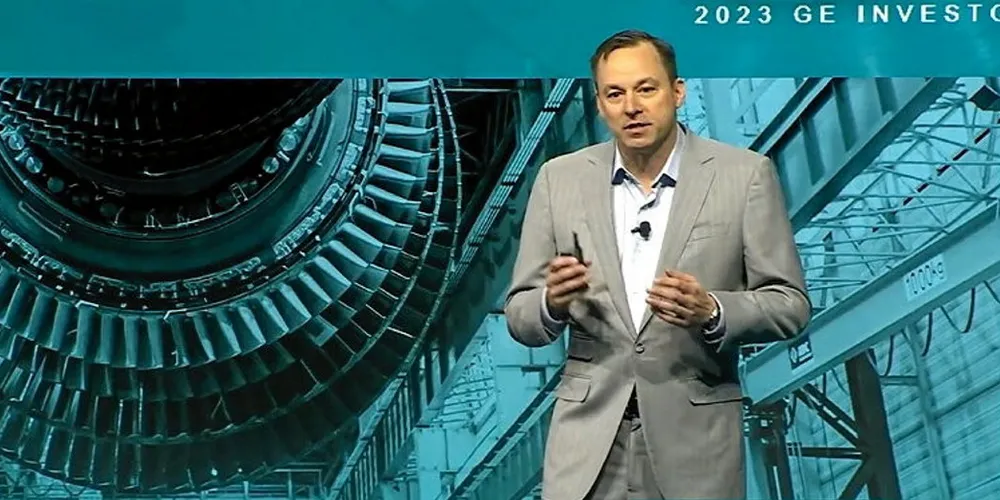GE has 18MW offshore wind turbine giant in the works: Vernova chief Strazik
CEO of newly-formed energy business claims market giving 'positive reception' to next generation of flagship Haliade-X machine

CEO of newly-formed energy business claims market giving 'positive reception' to next generation of flagship Haliade-X machine
